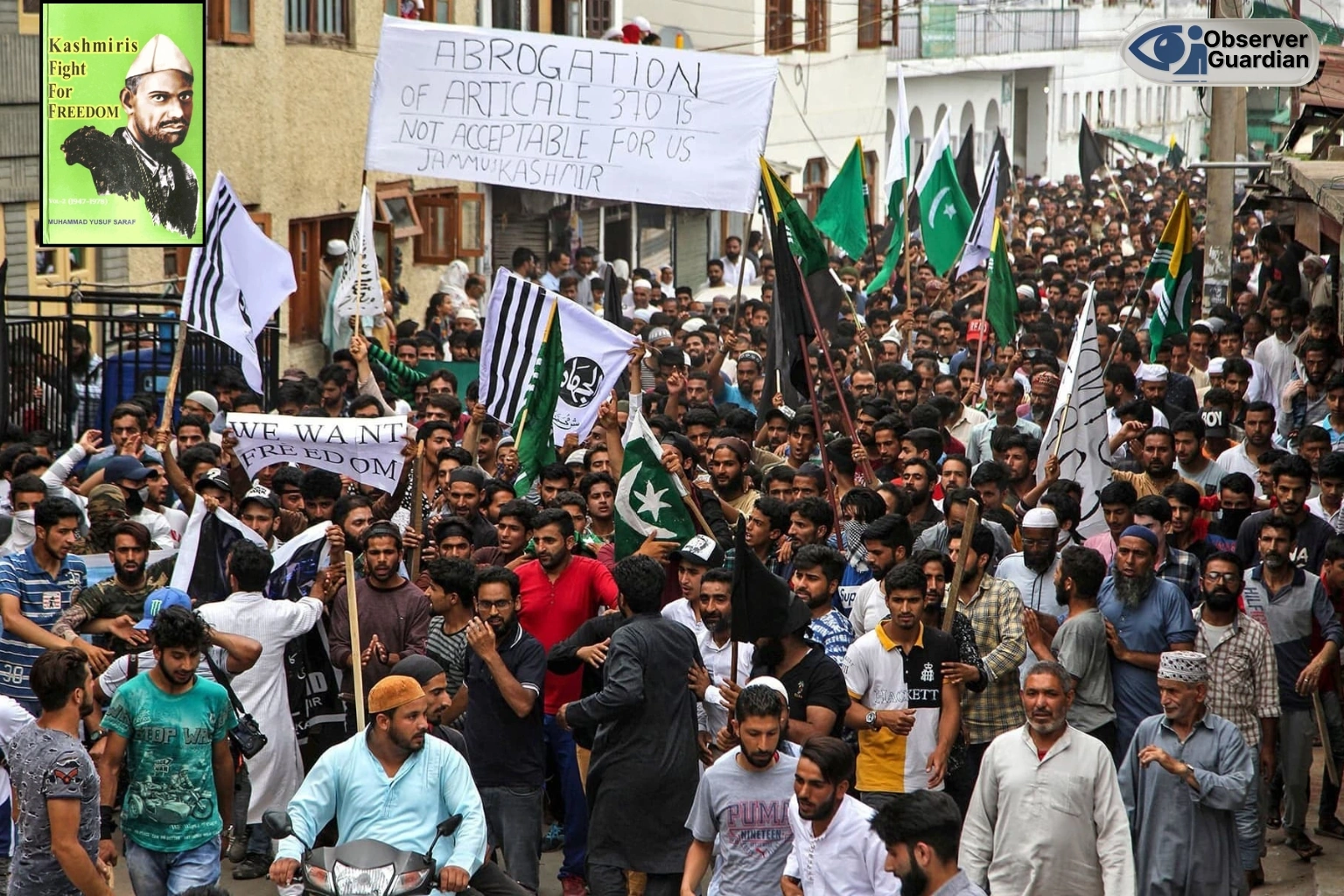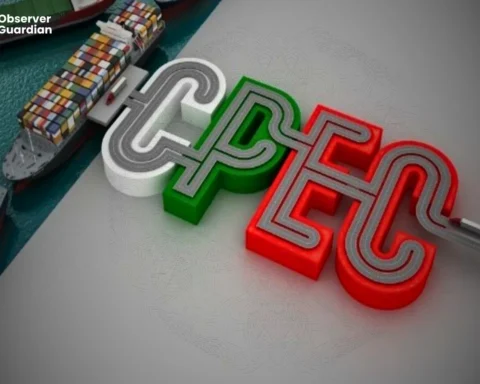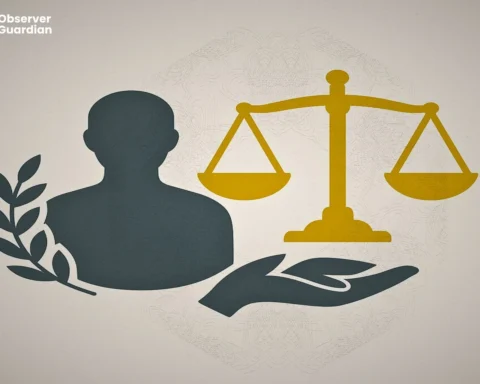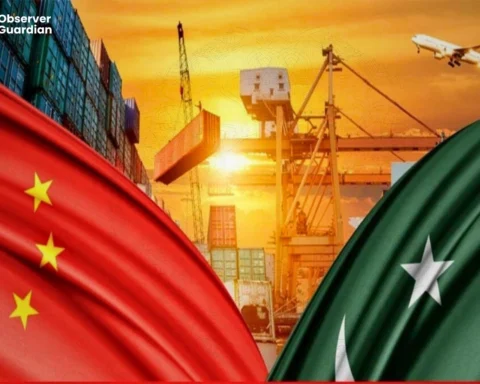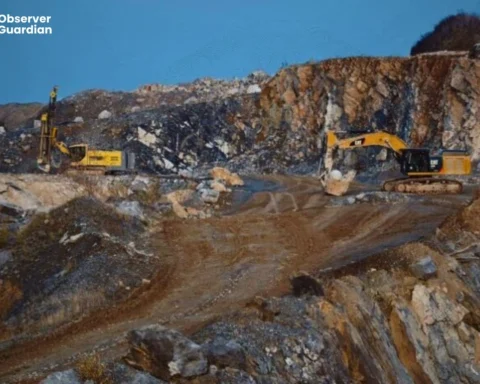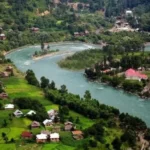History usually breaks out more about the present than the past, and few works explain this better than Muhammad Yusuf Saraf Kashmiris Fight for Freedom. Beginning with the events of 1819 and ending in 1946, the book is a comprehensive chronicle of events in Kashmir as the region languished under Sikh, Dogra and colonial rule. More importantly, it reveals the way Kashmiris, despite their capability, were in fact robbed of political representation and economic liberation. In pondering on this history, it becomes obvious that the problem of Kashmir is not just a particularity of contemporary geopolitics but rather an expansion of centuries of exploitation and treason.
Kashmir is very romanticized as the paradise of rivers, valleys and snow-capped mountains. Nevertheless, as Saraf reminds the readers, the beauty of the land has always concealed the misery of living in it. Since the onset of the 19th century, Kashmir emerged as a territory to be conquered and controlled, and even as a commodity. Sikhs took over in 1819 but did little to alleviate the life of the people. Over-taxing, religious discrimination and corruption in government became the order of the moment. After the Treaty of Amritsar of 1846 when the British sold Kashmir to Gulab Singh, Saraf presents it as a transaction that denuded the dignity of Kashmiris and made them into commodities. To him, the selling of Kashmir is not only a historical act but a scar on the morals that people continue to live by politically.
The Dogra period that came in its wake was even a crueller one. Begaar or forced labour reduced Kashmiris to the predicament of desperation, whereas crushing land revenue economy sucked Kashmir of wealth. Mapping out a survival strategy, many former residents of Kashmir were transformed into economic refugees in their own country and emigrated to Punjab. In the process of gaining their own power, the Dogra rulers actively marginalized Muslims, most of the population, in power. This exclusion, Saraf does not believe, was by accident but purposeful to keep the people weak, voiceless and divided.
There was a gradual but impudent takeover of resistance. Saraf brings out the way the Kashmiri spirit of defiance was not suffocated but developed into political consciousness. The currents of reformism in India and the unity of the Muslim leaders outside the valley influenced Kashmiri intelligence in the early 20th century. This change of heart was marked by the events of 13 July 1931 when Dogra troops opened fire on demonstrators in Srinagar, killing 22 men. It is a memory inscribed in the Kashmiri memory; the massacre signalled the emergence of organized political struggle. To Saraf it was a sign of revolutionizing a people who could never be dormant in the face of oppression.
The institutionalization process of this awakening can be seen in the 1930s and 1940s. Muslim Conference (formed under Sheikh Abdullah and Chaudhry Ghulam Abbas) gave the Kashmiris a political platform to campaign for the first time. Internal divisions soon showed, however. Feelings that the distinctly Muslim nature of the struggle was being undermined were abundant when the organization was renamed the National Conference in 1939 and aligned with the Indian National Congress. This then gave rise to the regeneration of the Muslim Conference, which aligned towards the All-India Muslim League. Saraf explains these changes as more than political differences, and more as battles over what the Kashmiri movement should be.
Was freedom to be conceived in secular and nationalistic terms, or as an element of a greater Muslim assertion of self-determination?
The participation of third parties also made things difficult. Congress favoured Abdullah and his National Conference, and the League took the role of protector of Kashmiri Muslims’ interests. The trips that Jinnah made to the valley, and the way he urged the Kashmiri people to support the cause of the subcontinent, also helped to create a sense that their future hinged on that of the subcontinent. However, Saraf is also disparaging of such leaders as Gopalaswami Ayyangar, who maintained Dogra authority rather than offering choice to Kashmiris. This contradiction between the local and the outside world has continued to strike a chord in the current day.
The climax of the period dealt with in the book was the Quit Kashmir Movement of 1946. The campaign, which was based on the anti-colonial movements in the rest of India, wanted Dogra rule to come to an end and the people govern themselves. It marked the peak of Kashmiri mobilization, but the rifts in the movement were also revealed. Sheikh Abdullah had wanted Kashmir to become a democratic, secular state on Indian nationalism, and other leaders regarded liberation as the driver of a state to join Pakistan. The inability to create one unified vision of freedom was the major tragedy of Kashmiri politics in the eyes of Saraf.
Reading Saraf today, the same reader cannot but make parallels with what is going on even in Kashmir. The feelings of betrayal, of being a pawn to those bigger powers, are very strong. The book does not only present a chronicle of events, but it also reminds Kashmir that its demand for self-determination goes back long ages. It is not one of the aspirations of 1947 or subsequent wars, but a consistent aspiration built by centuries of oppression. The message that Saraf leaves with is bleak: unless the voices of the Kashmiri people are heard and heeded, the circle of unrest and alienation will persist.
Kashmiris Fight for Freedom does not present itself as a work of history but as an accusation of iniquity and an appeal to justice. It compels us to think beyond the territorial conflict in Kashmir and to consider it instead as a human conflict to assert dignity, justice and agency. The story given by Saraf makes it our duty to acknowledge the fact that Kashmir cannot really have peace based on the silence of its people. Rather, it will be the product of their entitlement to define their own destiny, an entitlement long denied to them.
Disclaimer: The views and opinions expressed in this article are exclusively those of the author and do not reflect the official stance, policies, or perspectives of the Platform.

